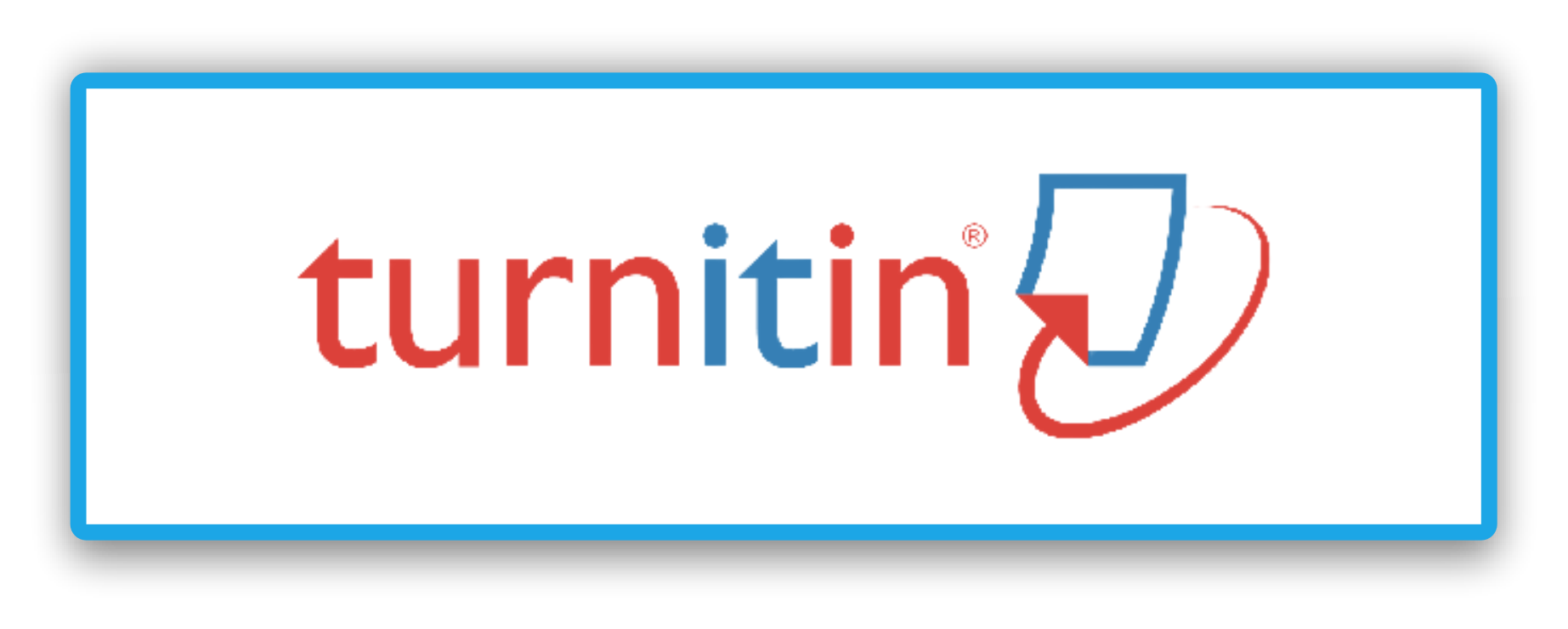The Relevance of Mahmud Yunus's Thought to Islamic Education in the Era of Digital Transformation
Abstract
Full Text:
PDF (Bahasa Indonesia)References
Abdullah, M. (2020). Pembaharuan Pemikiran Mahmud Yunus tentang Pendidikan Islam dan Relevansinya dengan Pendidikan Modern. AL MURABBI: Jurnal Pendidikan Agama Islam, 5(2), 22–33. https://doi.org/10.35891/amb.v5i2.2109
Andriyani, Khairina, N., Fadlilah, D. R., Nurmalia Lusida, Fauziah, M., Ernyasih, Latifah, N., & Filha, R. (2021). Historical Study of Islamic Education Patterns of the Prophet’S Period and Its Constituency in Current Islamic Education. Turkish Journal of Physiotherapy and Rehabilitation, 32(3), 2911–2915. http://repository.umj.ac.id/id/eprint/4952%0Ahttp://repository.umj.ac.id/4952/1/Jurnal Historical Study of Islamic Education Patterns..._Turkish Journal.pdf
Anna Terekhova, V. V. G. (2021). Digitalization of Education: Models and Methods. International Journal of Technology, 12(7), 291–319. https://doi.org/https://doi.org/10.14716/ijtech.v12i7.5343
Baharun, H., & Maryam, S. (2019). Building Character Education Using Three Matra of Hasan Al-Banna’s Perspective in Pesantren. Jurnal Pendidikan Islam, 4(2), 51–62. https://doi.org/10.15575/jpi.v4i2.2422
Bihani, P., & Patil, S. T. (2014). A Comparative Study of Data Analysis Techniques. International Journal of Emerging Trends & Technology in Computer Science (IJETTCS), 3(2), 95–101. https://www.sciencedirect.com/science/article/pii/S074081882200038X
Bunyamin. (2019). Konsep Pendidikan Islam Perspektif Mahmud Yunus. Jurnal UHAMKA, 10(2), 114–132. https://doi.org/10.22236/jpi.v10i2.3964
Buto, Z. A. (2019). Contribution of Mahmud Yunus Islamic Education Learning Method in Al-Tarbiyah wa-alta’lim Book. Jurnal Tarbiyah, 26(1), 58–80. https://doi.org/10.30829/tar.v26i1.421
Freckleton, R. P., & Rees, M. (2019). Comparative analysis of experimental data. Methods in Ecology and Evaluation, 2019(February 2018), 1308–1321. https://doi.org/10.1111/2041-210X.13164
Hafeez, M., & Akhter, Y. (2021). Effects of Blended Learning in Comparison of Traditional Learning to Provide Safer Learning Environment- A Comparative Review. International Journal of Educational Research & Social Sciences, 2(6), 1604–1615. https://doi.org/10.51601/ijersc.v2i6.209
Hamzah, S. H. (2014). Pemikiran mahmud yunus dalam pembaruan pendidikan islam di Indonesia. Dinamika Ilmu, 14(1), 123–147. https://doi.org/10.21093/di.v14i1.18
Harahap, A. G. (2016). Konsep Pendidikan Islam Perspektif Mahmud Yunus. REKOGNISI: Jurnal Pendidikan Dan Kependidikan, 1(1), 35–46.
Healy, A. E. (2018). Comparative Research Using Secondary Data Analysis: Exploring Europe’s Changing Food Consumption Practices. https://doi.org/10.4135/9781526429018
Idris, M., Bin Tahir, S. Z., Wilya, E., Yusriadi, Y., & Sarabani, L. (2022). Availability and Accessibility of Islamic Religious Education Elementary School Students in Non-Muslim Base Areas, North Minahasa, Indonesia. Education Research International, 2022. https://doi.org/10.1155/2022/6014952
Islam, S., & Jahan, N. (2018). Digitalization and Education System : A Survey. International Journal of Computer Science and Information Security (IJCSIS), 16(1), 70–73.
Juwari. (2022). Sejarah Pendidikan Islam dari Klasik, Pertengahan dan Modern. Taklimuna: Journal of Education and Teaching, 1(2), 47–64. https://ejournal.staidu.ac.id/index.php/taklimuna/article/view/33
Juwariyah. (2015). Perbandingan Pendidikan Islam Perspektif Mahmud Yunus dan Muhammad ‘Athiyah Al-Abrasyi. Jurnal Pendidikan Islam, IV(1), 189–207. https://doi.org/10.14421/jpi.2015.41.189-207
Kalsum, U. (2020). Mahmud Yunus dan Kontribusi Pemikirannya Terhadap Hadis. Istinarah: Riset Keagamaan, Sosial Dan Budaya, 2(1), 1–15.
Khademizadeh, S., Nematollahi, Z., & Danesh, F. (2022). Analysis of book circulation data and a book recommendation system in academic libraries using data mining techniques. Library & Information Science Research, 44(4), 101191. https://doi.org/https://doi.org/10.1016/j.lisr.2022.101191
Kuhar, M., & Mer, T. (2022). Exploring user experience in digital libraries through questionnaire and eye-tracking data. Library and Information Science Research, 44. https://doi.org/10.1016/j.lisr.2022.101175
Lahmi, A., Ritonga, M., Raviusman, & Imran, Y. (2022). Self Control Counseling for Students during Covid-19 through Al-Islam and Kemuhammadiyahan Curriculum. Journal of Curriculum and Teaching, 11(2), 35–41. https://doi.org/10.5430/jct.v11n2p35
Li, Z. (2021). Research on Dynamic Data Comparative Analysis Method of Internet of Things System. 2021 6th International Conference on Intelligent Computing and Signal Processing (ICSP), 1460–1463. https://doi.org/10.1109/ICSP51882.2021.9408697
Mohamed Hashim, M. A., Tlemsani, I., & Matthews, R. (2022). Higher education strategy in digital transformation. Education and Information Technologies, 27(3), 3171–3195. https://doi.org/10.1007/s10639-021-10739-1
Muliati, I., & Rahman, R. (2019). Teori Pedagogik Pendidikan Mahmud Yunus. Islam Transformatif : Journal of Islamic Studies, 3(2), 169–179. https://doi.org/10.30983/it.v3i2.2342
Nisrina, V. L. (2022). Konsep Pendidikan Menurut Mahmud Yunus Dalam Kitab At-Tarbiyatu Wa Attaâ€TM Läamu Dan Implikasinya Terhadap Kurikulum 2013. IEEJ: Islamic Elementary Education Journal, 1(1), 17–36. https://doi.org/10.47454/IEEJ.2022.v1i1.2
Nurza, A., Rahmat, M., & Fahrudin. (2018). Konsep Pendidikan Islam Perspektif Mahmud Yunus dan Implikasinya terhadap Pembelajaran PAI di Sekolah. TARBAWY: Indonesian Journal of Islamic Education, 5(2), 174–185. https://doi.org/10.17509/t.v5i2.16753
Pettersson, F. (2021). Understanding digitalization and educational change in school by means of activity theory and the levels of learning concept. Education and Information Technologies, 26, 187–204. https://doi.org/10.1007/s10639-020-10239-8
Priyanto, A. (2020). Pendidikan Islam dalam Era Revolusi Industri 4 . 0. J-PAI : Jurnal Pendidikan Agama Islam, 6(2), 80–89. https://doi.org/10.18860/jpai.v6i2.9072
Rahman, M. M. (2018). Education, Teaching Methods and Techniques in the Early Years of Islam During the Era of Prophet Muhammad (SAW). IJRDO-Journal of Business Management, 4(2), 1–22.
Rosidin, D. N. (2022). The Historical Relevance of Islamic Education Development in the Disruption Era. International Journal of Social Science And Human Research, 05(05), 1963–1969. https://doi.org/10.47191/ijsshr/v5-i5-44
Salam, M. Y., Asrori, I., & Hamid, M. A. (2021). The Eclectic Method of Teaching Arabic According to Mahmud Yunus: Its Application at the Darus Salam Islamic Boarding School, Gontor. Istawa : Jurnal Pendidikan Islam, 6(1), 71–90. https://doi.org/10.24269/ijpi.v6i1.3107
Singh, J., Steele, K., & Singh, L. (2021). Combining the Best of Online and Face-to-Face Learning: Hybrid and Blended Learning Approach for COVID-19, Post Vaccine, & Post-Pandemic World. In Journal of Educational Technology Systems (Vol. 50, Issue 2). https://doi.org/10.1177/00472395211047865
Syafruddin, D. (1995). Mahmud Yunus wa Ijtihaadhu fi Tajdid Ta’lim al-Lughah al-Arabiyah bi Indunisiya. STUDI ISLAMIKA Indonesian Journal for Islamic Studies, 2(3), 173–198. https://doi.org/10.15408/sdi.v2i3.831
Timokhova, G., Kostyukhin, Y., Sidorova, E., Prokudin, V., Shipkova, O., Korshunova, L., & Aleshchenko, O. (2022). Digital Transformation of the University as a Means of Framing Eco-Environment for Creativity and Creative Activities to Attract and Develop Talented and Skilled Persons. Education Sciences, 12(8). https://doi.org/10.3390/educsci12080562
Triwidyastuti, & Siregar, M. (2018). The Concept of Islamic Education Development Based on The Theory Fitrah. Indonesian Journal of Interdisciplinary Islamic Studies (IJIIS), 2(1), 31–52. https://doi.org/10.20885/ijiis.vol2.iss1.art2
Zulmardi. (2009). Mahmud yunus dan pemikirannya dalam pendidikan. Journal Ta’dib, 12(1), 11–21. https://doi.org/10.31958/jt.v12i1.151
DOI: https://doi.org/10.31869/ruhama.v5i2.3732
Article Metrics
Abstract view : 176 timesPDF (Bahasa Indonesia) - 141 times
Refbacks
- There are currently no refbacks.
INDEXED BY :
Pascasarjana UM Sumatera Barat
Jl. Pasir Kandang No.4, Pasie Nan Tigo, Kec. Koto Tangah, Kota Padang, Sumatera Barat 25586.
 This work is licensed under a Creative Commons Attribution-ShareAlike 4.0 International License.
This work is licensed under a Creative Commons Attribution-ShareAlike 4.0 International License.












